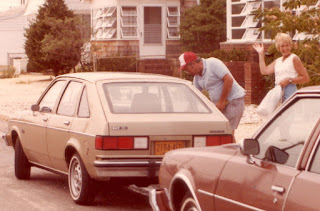Via a radio broadcast, Mr. Howell had discovered that an impostor was back in civilization and spending his money like there was no tomorrow. He thus offered a not inconsiderable sum to the one castaway who could get him off the island and safely back to the mainland. This monetary incentive inspired many clever inventions, including a pontoon boat built by the professor, which is what Howell ultimately settled upon as his last best hope.
Gilligan, on the other hand, had crafted a pair of super-sized bird wings in anticipation of taking flight. For a test run he scaled a very tall tree. But when the Skipper spotted him up above, he told a flapping Gilligan, who was indeed suspended in air and ipso facto flying, “Gilligan, you can’t fly!” “I can’t?” Gilligan asked. “No!” And down Gilligan went—fast and hard to the ground. The laugh track howled heartily at his misfortune.
Since Facebook, aka "Uplifting Platitude Central," is awash in both New Age and Old Religion bromides, I thought I would contribute to the surfeit my very own from Gilligan’s Island, and one with a compelling moral message. That is: “If you believe you can fly, you can. And don’t let anyone tell you otherwise!” On the other hand, perhaps the Skipper was on to something and we really can’t fly—with feathers anyway. Food for thought.
A footnote: The professor’s guaranteed seaworthy pontoon boat sunk immediately upon launch into the murky waters of the lagoon. One more: the Howell imposter, inebriated from an excess of expensive champagne, fell off a Howell-owned yacht into the ocean waters somewhere and washed up—alive and well—on the island. Coincidence, you say? There are no coincidences in life. At least that’s what I have gleaned in Uplifting Platitude Central.







